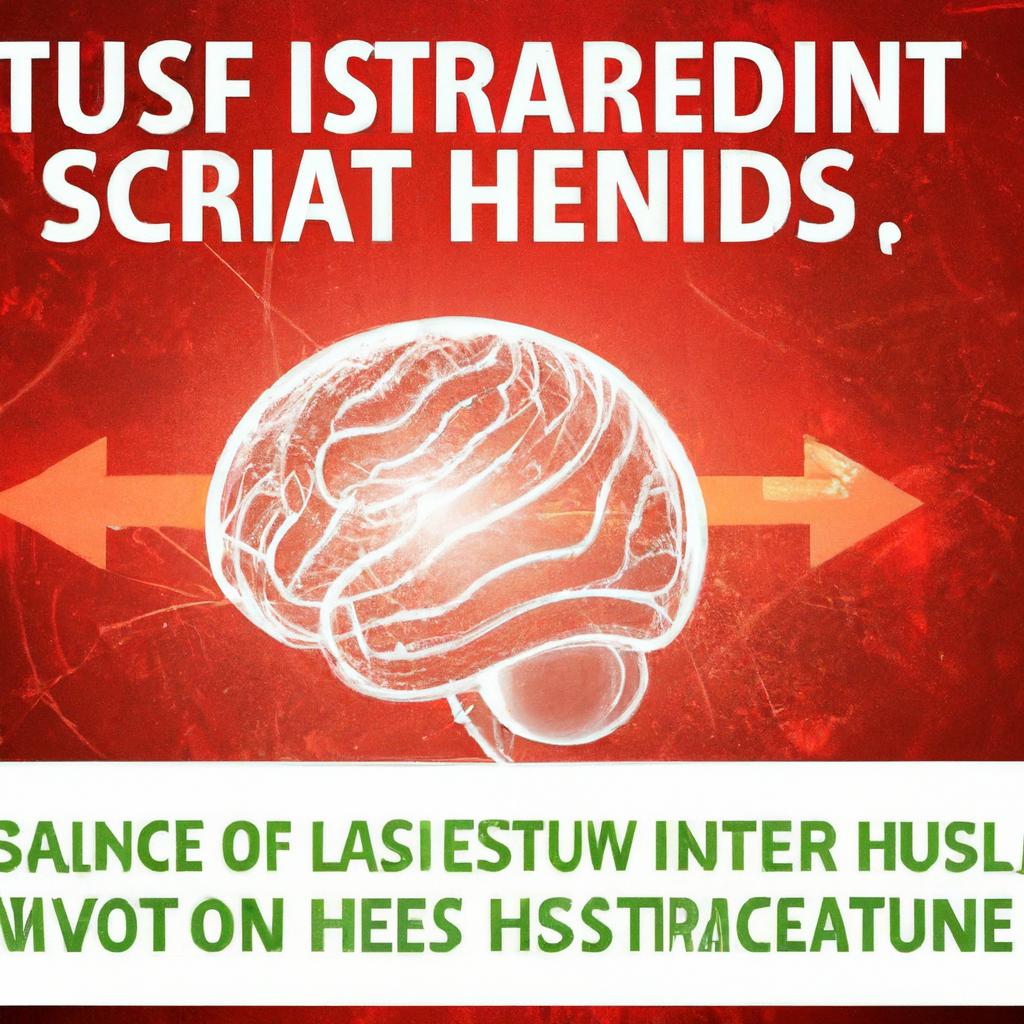Unlocking the Secrets: Professional Athletes and the Power of HIIT Training
In the world of competitive sports, where every second counts and every movement can determine victory or defeat, professional athletes are constantly on the lookout for training techniques that can give them a competitive edge. One such method that has gained significant traction is High-Intensity Interval Training, or HIIT. Combining short bursts of intense effort with brief recovery periods, HIIT is not just a workout trend; it has become a staple in the arsenals of elite athletes across disciplines. But what makes it so effective? In this article, we delve into the training secrets of professional athletes, uncovering how they harness the power of HIIT to enhance endurance, speed, and overall performance. Join us as we explore the principles behind their training regimens, the science that supports HIIT, and practical insights that anyone can apply to their fitness journey. Whether you’re an aspiring athlete or a fitness enthusiast, the strategies shared here could transform your training routine and help you unlock your own potential.
Unlocking the Science Behind HIIT: What Sets Professional Athletes Apart
High-Intensity Interval Training (HIIT) is not just a fitness trend; it’s a profound strategy employed by professional athletes to push their physical limits. The science behind this method focuses on alternating short bursts of intense exercise with less intense recovery periods, which has been shown to boost metabolic rate and improve cardiovascular health. What sets professional athletes apart in their HIIT routines lies in their meticulous data-tracking and personalized coaching, ensuring that their intervals are tailored to maximize performance. Factors such as heart rate monitoring, vo2 max assessments, and muscle recovery protocols are all integral to their training.
Additionally, professional athletes often incorporate various elements into their HIIT routines that enhance both performance and recovery, including:
- Functional movements: Utilizing exercises that mimic their sport-specific movements.
- Periodization: Structuring their training to peak at the right time.
- Nutritional strategies: Timing food intake to optimize energy levels and enhance recovery.
These elements not only amplify the effectiveness of HIIT but also set a foundation for resilience against injuries and long-term athletic performance. Understanding these techniques provides amateurs and enthusiasts a glimpse into the higher echelons of athletic training and the science that fuels it.
essential HIIT Techniques Used by Top performers for Maximum Efficiency
High-Intensity Interval Training (HIIT) is a cornerstone in the training regimens of elite athletes, allowing them to achieve maximum results in a brief period. One popular technique employed by top performers is the Tabata method, which involves short bursts of intense activity followed by brief rest periods. This method not only enhances anaerobic and aerobic capabilities but also encourages greater fat loss. Additionally, many athletes incorporate the use of pyramid intervals, where they gradually increase and then decrease the duration of each work interval, creating a dynamic challenge that continuously engages the body.
Another key strategy prevalent among professional trainers is the incorporation of active recovery during rest intervals. Instead of complete rest, athletes may engage in lighter movements such as jogging or dynamic stretching, which serves to keep the heart rate elevated while providing muscle recovery. Below is a comparison of popular HIIT techniques:
| Technique | Duration | Focus Area |
|---|---|---|
| Tabata | 20 sec work / 10 sec rest (8 rounds) | Aerobic & Anaerobic |
| Pyramid Intervals | Variable (builds from 30 sec to 90 sec) | Endurance & Speed |
| Active Recovery | 15-30 sec | Heart Rate Management |
recover Like a Pro: The importance of rest and Nutrition in HIIT Regimens
To maximize performance and recovery, it’s crucial to prioritize both rest and nutrition in any HIIT training regimen.Professional athletes understand that training hard is only one part of the equation; allowing the body to recuperate is equally crucial. Adequate sleep enhances muscle recovery and cognitive function, ensuring that athletes can push their limits each session. it’s recommended to implement a regular sleep schedule, ideally securing 7-9 hours per night. Additionally,incorporating active recovery days can help alleviate muscle soreness and improve circulation,enabling athletes to return to their high-intensity workouts rejuvenated.
Nutritionally, fueling the body with the right nutrients post-workout is vital for recovery. A balanced intake of macronutrients can make a significant difference in how quickly the body regenerates muscle tissue and restores energy levels. Focus on consuming a mix of proteins,carbohydrates,and healthy fats within a window of 30-60 minutes after intense exercise. Below is a simple breakdown of essential recovery nutrition components:
| Macronutrient | Benefits for Recovery | Sources |
|---|---|---|
| Protein | Repairs muscle tissue | Chicken, fish, legumes |
| carbohydrates | Replenishes glycogen stores | Quinoa, fruits, whole grains |
| Healthy Fats | Supports hormone production | Nuts, seeds, avocados |
Tailoring HIIT Workouts: Customizing Intensity and Duration for Optimal Results
When it comes to HIIT workouts, customization is key for maximizing performance and achieving goals. Professional athletes frequently enough modulate the intensity of their sessions to ensure they push their limits without risking injury. Here are specific factors to consider when tailoring your HIIT regimen:
- Fitness Level: Adjust the intensity based on your current capabilities. Beginners might focus on moderate bursts, while elite athletes can incorporate high-intensity intervals.
- Workout Duration: Shorter, more intense workouts (20-30 minutes) are effective for advanced athletes, while longer sessions (30-45 minutes) may suit beginners or those looking for steady improvements.
- Interval Ratios: Experiment with various work-to-rest ratios such as 2:1 or 1:1 to find what yields the best results for you.
Another effective strategy involves tracking your performance metrics during these sessions.By monitoring your heart rate and recovery times, you can adjust your intensity levels accordingly. Consider implementing a table to record your results:
| Workout Type | Duration | Average Heart Rate | Recovery Time |
|---|---|---|---|
| Tabata | 20 minutes | 180 bpm | 30 seconds |
| Sprint Intervals | 30 minutes | 170 bpm | 1 minute |
| Bodyweight Circuit | 25 minutes | 160 bpm | 45 seconds |
Personalizing these factors allows athletes to not only enhance their performance but also to recover more effectively, ensuring sustainable progress without burnout.
Closing Remarks
As we draw the curtain on our exploration of Professional Athlete HIIT Training Secrets, it’s clear that the path to peak performance is paved with dedication, strategy, and a well-crafted workout plan. These elite athletes don’t just rely on raw talent; they strategically incorporate high-intensity interval training to maximize their potential,improve endurance,and enhance overall fitness.
The insights shared here serve not only as a glimpse into the rigorous world of professional athletes but also as a valuable resource for anyone looking to elevate their own training regimen. Whether you’re a seasoned athlete or an eager novice, the principles of HIIT can be tailored to fit your personal goals and lifestyle.
Remember, the journey to excellence is not a sprint but a marathon. By embracing these secrets and integrating them into your routine, you can unlock new levels of performance and discover what your body is truly capable of achieving. So, lace up your shoes, set your timer, and get ready to push your limits—your next breakthrough is just a HIIT workout away!



